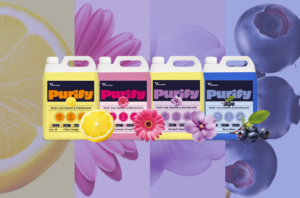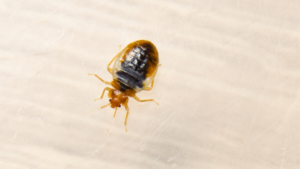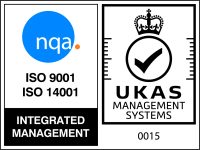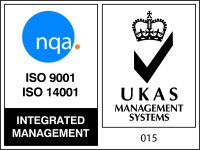A Cleaner’s Guide to the pH Scale
More than anything else, cleaning is an act of science. A well-informed professional knows how and when to deploy specific products to achieve the best results. But behind this knowledge lies an understanding of the pH scale and how it can be used as an effective and powerful tool in the cleaning process.
The pH Scale: Examples and Why it Matters to Cleaning Professionals
The pH – short for ‘potential of hydrogen’ or ‘power of hydrogen’ – of a liquid solution describes its acidity or, conversely, its alkalinity. The pH scale is numbered from 0 to 14, with acidic solutions having a lower number and more basic solutions having a higher number. A pH of 7 is considered neutral. To put these numbers into context, Materials Today assigns battery acid with a pH of 0, while drain cleaner – a basic or alkaline solution – is assigned a value of 14. The scale itself is logarithmic or, as Cleanfax explains, “…each number is 10 times more powerful or less powerful than the next, or preceding, number. The pH of 8 is 10 times more alkaline than the pH of 7, and the pH of 9 is 100 times more alkaline than the pH of 7, and so on.”
From the perspective of the cleaning professional, knowledge of the pH scale is integral in enabling cleaners to match the right product to treat a soiled surface without damaging its finish or appearance.
Acids v. Alkalines: When to Use Them
Before any cleaning can be undertaken, CleanLink explains that it is necessary to verify exactly the kind of dirt that is being cleaned and the type of surface it is being removed from (carpet or hard flooring, for example). A cleaner who chooses the wrong pH may damage, discolour and even ruin a surface. When it comes to carpets, a cleaner should know if these are composed of a natural material such as cotton, wool or silk or a synthetic material, advises Cleanfax. Floors, as European Cleaning Journal explains, can be challenging, with the wrong pH capable of stripping a floor of its high-finish shine.
But when considering soils, it is worth knowing that dirt and grease tend to have an acidic pH, so it makes sense to choose an alkaline product, with the latter kind of soil necessitating the use of a stronger pH. On the other hand, an acidic product can be used to tend to metal oxides (i.e., rust) and hard water stains. Cleanfax offers visual guidance for those looking to match soil types with appropriate cleaning products and their pHs here. Broadly speaking, it also adds that most cleaning products and detergents have an alkaline pH.
It is also worth knowing that – should it be desired – a skilled cleaner can change the pH of their cleaning product themselves, but this should be done with extreme caution. “If an attempt is made to lower or raise the pH (by using an acid or alkali) of the cleaning chemical without knowing the chemistry of a formulated product, the result can be counterproductive. There could be ingredients in the product that only work at a particular pH, but may drop out, be rendered ineffective or may even hinder the cleaning,” advises Cleanfax.
Highs and Lows: Understanding the Extreme Ends of the pH Scale
For a cleaner who may not have a good understanding of the pH scale, it is tempting to simply choose a product from the extreme ends of the spectrum with the hope that it will offer better results. But for cleaning professionals, it is important to know that products with extreme pHs do not equate with increased efficiency. In fact, in addition to damaging surfaces, products with extremely acidic or extremely alkaline properties can pose a real health hazard to those who use or are exposed to them.
Cleaning Maintenance & Management explains that, on the whole, cleaning products with neutral pHs are not only considered to be safe for use on surfaces, but also deemed to be safer for both the environment and people who may come into contact with them. “The human safety advantages of neutral pH cleaners include a lower potential for oral, dermal, and inhalation toxicity as well as a lower potential for aquatic harm when released into the environment,” it adds.
From a cleaning perspective, the power of pH is not to be underestimated. But once it is understood, a cleaning professional can harness their knowledge to offer up professional results time after time and job after job.








